Sikles is a traditional mountain village in Nepal, in the Kaski District of Gandaki Province in the Annapurna Region. Nestled into a steep hillside, the village provides beautiful, picturesque views of the Himalayas. Due to its remote location but not far from the city of Pokhara, Sikles remains an unspoiled, authentic Nepalese village culture, immersing visitors in the rural life of the Himalayas. If you are looking for short beginner treks in the Annapurna region, check out our blog for 3 Easy Treks in the Annapurna Region – Nepal.

According to local folklore, the original name of SIKLES was “Chili-Nasaa”, with “Chili” meaning a type of bird called “Gauthali” or “Swallow Bird” and “Nasaa” referring to “village” in the Gurung language. This was due to the large number of Gauthali birds inhabited the area. Later, the presence of beneficial environmental conditions in the village caught the attention of foreign visitors, and the settlement was subsequently renamed “SIKLES”, which translates to “Sick-Less”.
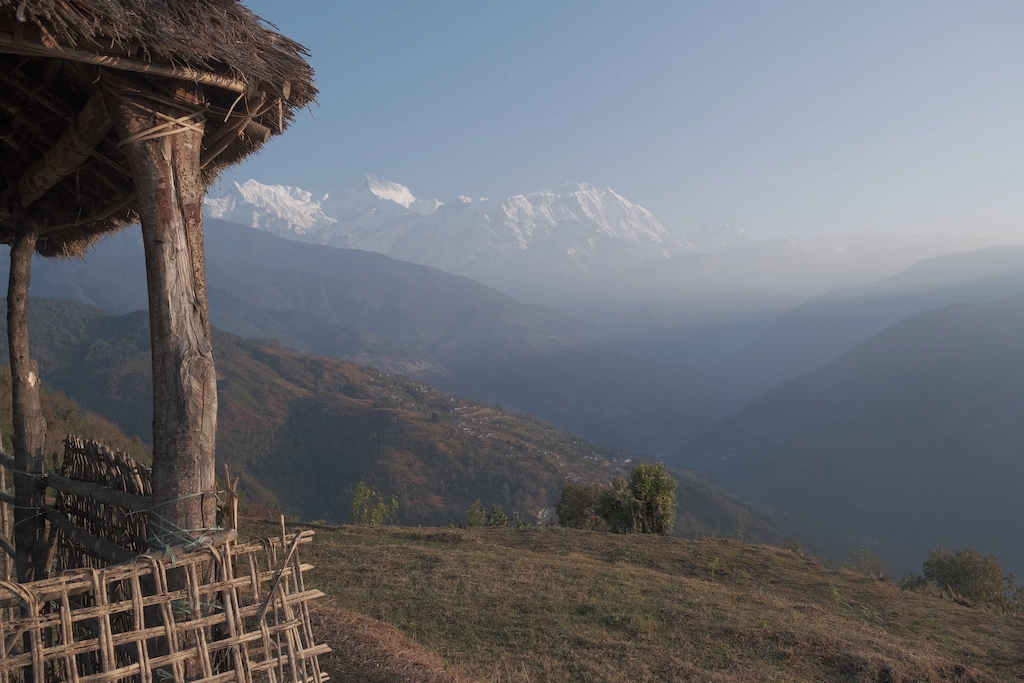
Sikles Village Altitude
Sikles Village is just 24km (5 hours jeep drive from Kaunkhola) from Pokhara at an altitude of 1980m with an annual average temperature of 15-20 °C.
Population Of Sikles Village
Sikles Village is a homogeneous traditional settlement of mainly the Gurung ethnic group with few minorities of Kami, Sunuwar, Damai and Pariyar castes. The village has about 400 households.
Eco-Tourism in Sikles Village
Sikles Village in Nepal is a fantastic example of how eco-tourism can benefit a local community. Situated on a mountain ridge in the beautiful Annapurna region, it is home to a small number of people, primarily subsistence farmers. Despite the beauty and traditional culture, their economic prospects are limited. This is where eco-tourism comes in.
Over the past few years, the village has been developing ways to attract tourists and give them a unique and meaningful experience. They offer simple eco-lodges, naturalist-guided walks, village tours, agricultural excursions, and other activities. In addition, local women have formed a sewing cooperative, where they create and sell traditional handwoven Gurung attire and other handmade goods.


Eco-tourism has allowed the people of Sikles to diversify their incomes and build a more sustainable economy. All visitors are treated as honoured guests and can meet and learn from the locals. This has been a great success in bringing hope and pride back to the village. Most importantly, this venture helps protect and preserve the traditional culture and values of the region.
Culture and Traditions of Sikles Village
Residents of Sikles, mainly Gurungs, practice subsistence farming, relying on the natural resources of the surrounding forests. Traditional Gurung temples (Kohibo Dhee), wooden houses, and centuries-old customs await visitors in this iconic mountain village. It is also a cultural Mecca for those seeking an enriching Gurung culture in Nepal.
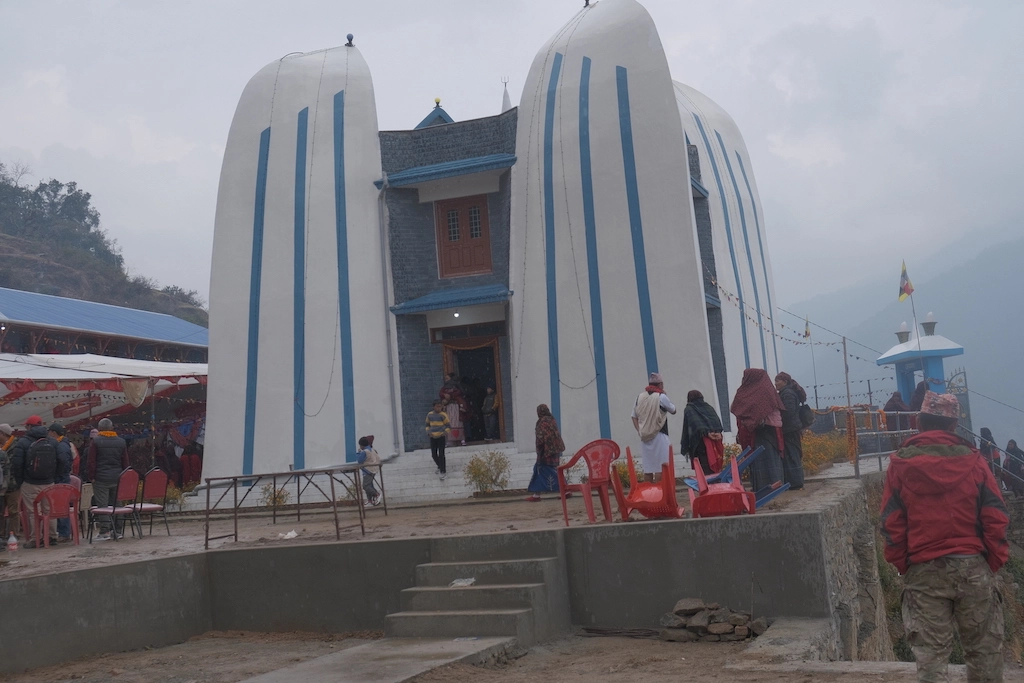
The Annapurna Conservation Area Project (ACAP) initiative has built the Gurung community of Sikles as a showcase trekking settlement. The travellers can comfortably spend a couple of days here learning about the lifestyle and culture of the native Gurung community, viewing handcraft manufacturing, and soaking in the spectacular beauty of the entire surrounding.
The Gurung Culture
The gurung culture revolves around folk music, traditional dances (Ghatu Nritya), and ethnic exhibitions that are prevalent in Sikles. The famous Ghantu dance, typically executed by three young females, is of special delight here. Local linen weaving and historic water-powered grain grinders are fascinating.
Gurungs are known for giving each visitor to their hamlet a modest and loving reception. Gurung people have a unique uniform wherein they perform all their daily tasks. Bhangra and Aaskot are reserved for men, whereas the ladies put on Cholo, Kramu, and Patuki. While trekking in Sikles Village, you might see charming Gurung ladies walking behind you, wearing Doko (traditional basket woven from bamboo) on their foreheads, doing their everyday chores.
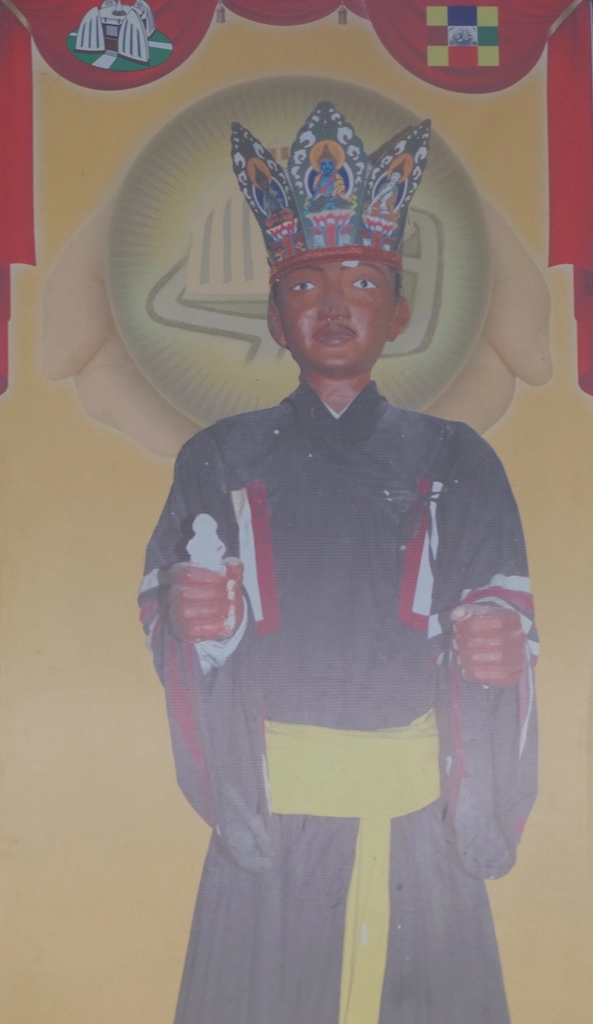
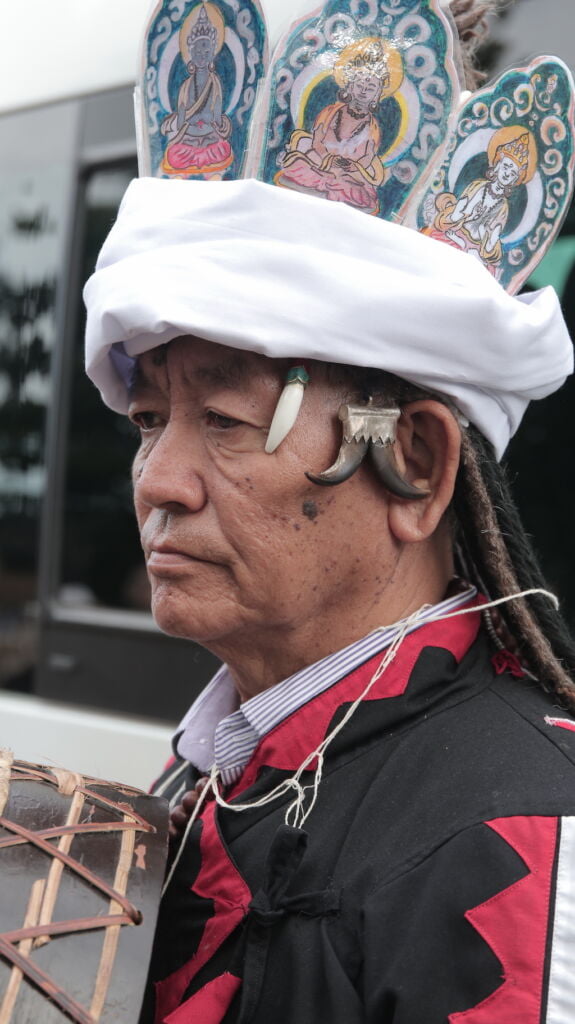
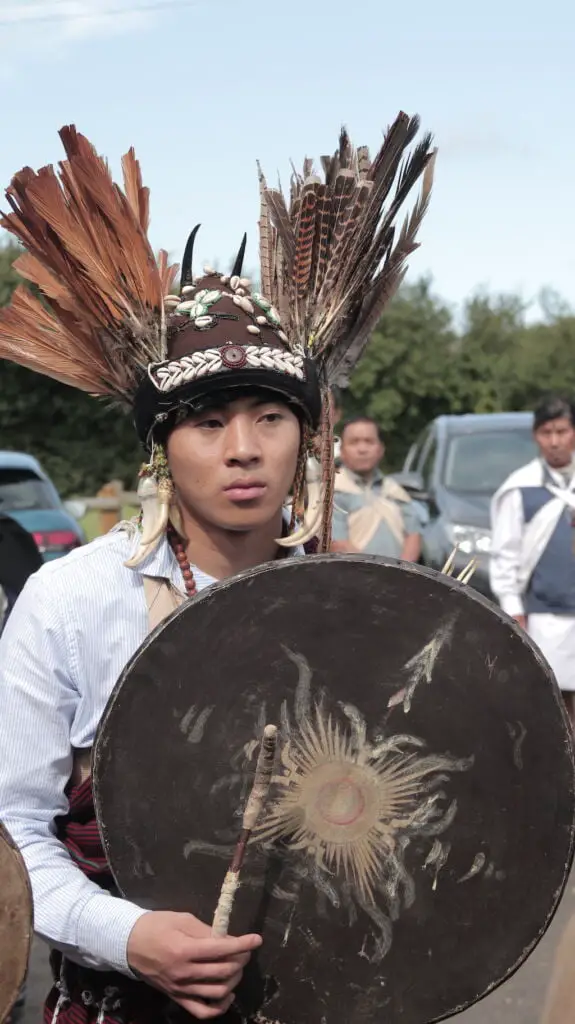
Eco-Mesuem of Sikles Village
The Eco Museum at SIKLES is one of the most captivating attractions, preserving ancient cultural artefacts and historical photos and a shrine to the tragic helicopter accident that tragically claimed the lives of Dr Chandra Gurung and other conservationists. In addition, the museum also houses several endangered species, such as snakes, lizards, and butterflies, genuinely reflecting the Gurung lifestyle, culture, and traditions from antiquity to the present day.
The Sikles Trek
Sikles is one of Nepal’s most visited trekking venues, as it is a lovely hike reflecting Nepal’s natural splendour. This trek departs off the main trail across Gurung village. It leads into golden paddy, stone-roofed cottages, cornfields, rhododendron woodland, hilly meadows and breathtaking bird-eye scenery of Mt. Machhapuchhre and the Annapurna Range. The paths are basic and suited for beginner trekkers, as the elevation is just below 2000m.
Highlight of Sikles Trek
- The gorgeous settlements lie underneath the massive peaks of Annapurna II (7937 m) and Annapurna IV (7525 m).
- King Charles of the UK visited the walk, also known as the Royal Trek, in 1980 to explore the Gurkha enrolling hamlet in an attempt to expand it as a standard route of eco-trekking.
- The Rising Dadha, a two-hour eco-hiking trail from the village, is an avalanche viewpoint with stunning Annapurna II & IV Ranges vistas. It also features a beautiful view of the SIKLES Village and its enchanting waterfall.
Best time to visit Silkes Village
Sikles trekking is best done in the autumn (September to November) and spring (March to May). Many tourists flock to the trails during September and November, resulting in overcrowding. Although it is possible to trek during any season, remember the monsoon season between June and August, in which trekking can become dangerous due to heavy rains and potential landslides.
Sikles Trek Difficulty
Sikles Trek is an easy yet rewarding short trek, perfect for those starting their trekking journey. It offers beautiful views of the Annapurna Range and a chance to immerse in the local culture and nature of the region. This trek is the perfect introduction to trekking in Nepal.
Trek Info
- Difficulty: Easy-Moderate
- Trek duration: Four days
- Max. elevation: 2450m
- Accommodation: Village Tea Houses/Lodges
Sikles Village Brief Itinerary
Day 1: Drive from Pokhara to Sikles (Altitude 1980 m). Exploration of Sikles Village.
Day 2: Trek from Sikles to Huwu (Hugu) (Altitude 2100m).
Day 3: Trek from Huwu to Kahphuche Lake (Altitude 2450m) and back to Sikles (Altitude 1980 m).
Day 4: Drive back to Pokhara.
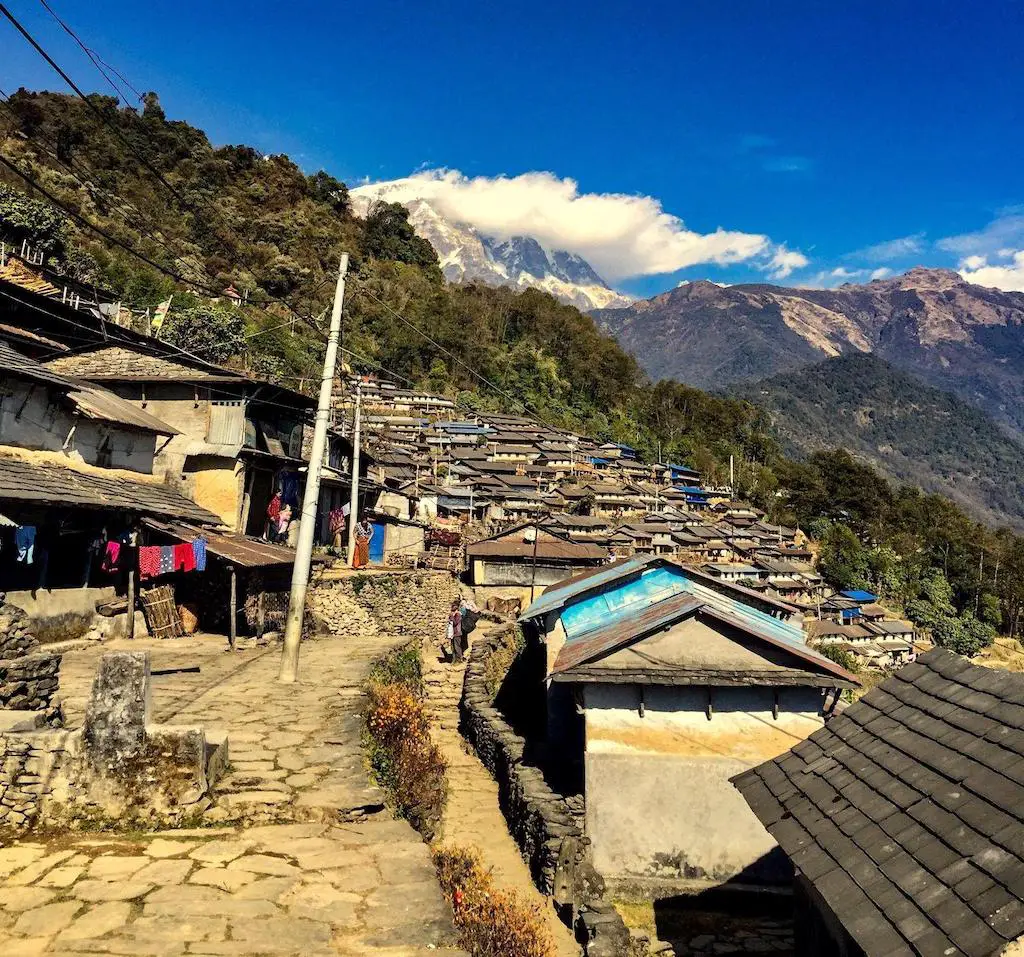
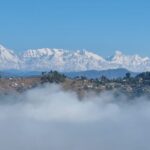

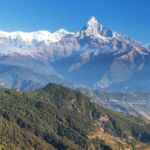

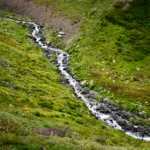
Leave a Reply